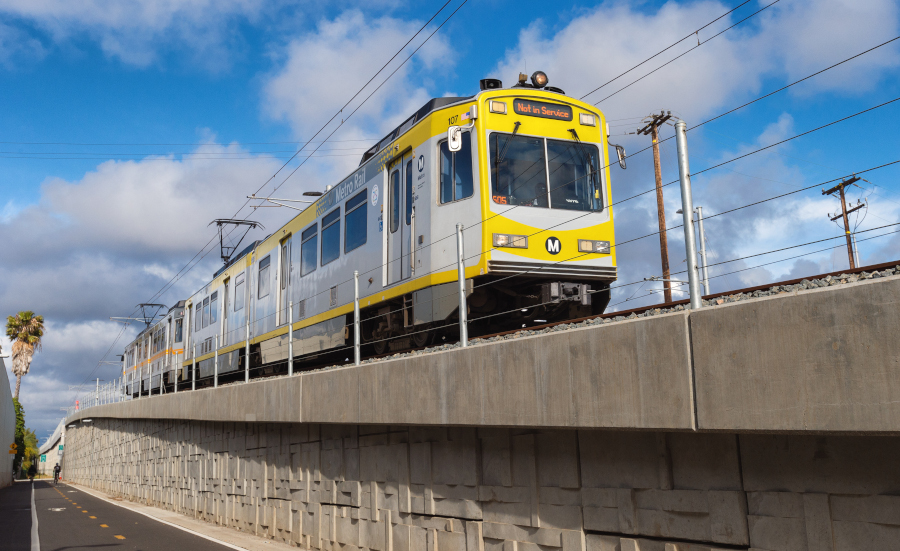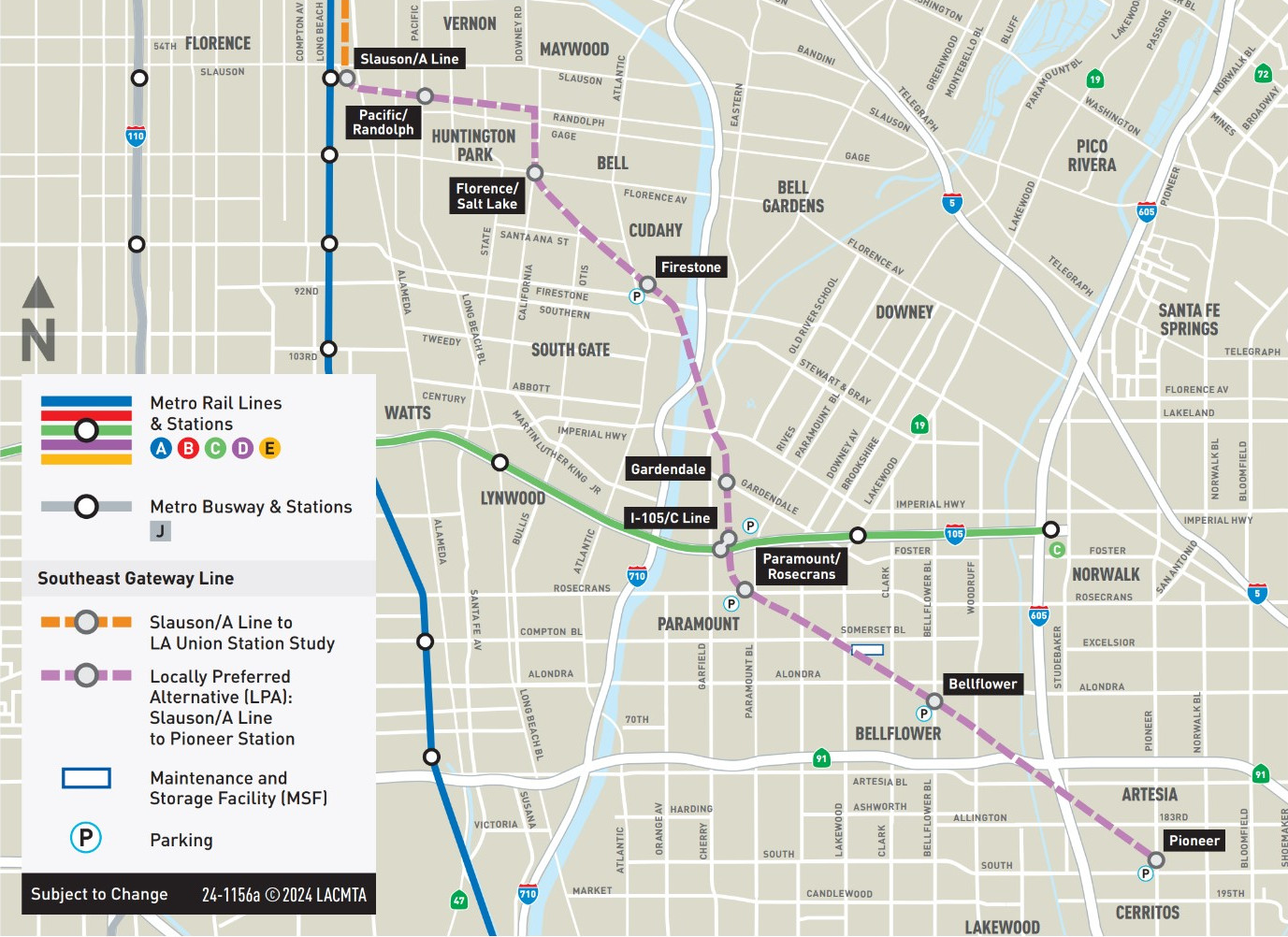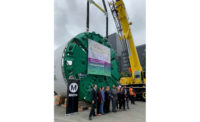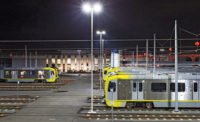Transportation
LA Metro's Board Green Lights $7.1B Southeast Gateway Line

LA Metro's light rail system extends more than 100 miles across the greater Los Angeles region. The Southeast Gateway would extend it from downtown to Artesia.
Photo by Steve Hymon/Metro
The Los Angeles Metro Board of Directors unanimously approved a plan for the for the first leg of the $7.1-billion Southeast Gateway Line, a light rail line that will stretch 14.5 miles to Artesia.
With the final approval of the project’s Environmental Impact Assessment by the board on April 25, Metro can move forward with efforts to secure federal funds for the project. The Southeast Gateway project's current estimated capital cost is estimated between $4.9 billion and $5.1 billion and service is slated to begin in 2033.
Metro officials anticipate receiving a Full Funding Grant Agreement with the Federal Transit Administration (FTA) next year. Approximately $2 billion in local and state funds already are committed to the project.
The board’s approval covers the first leg of the Southeast Gateway Line, that will link the A Line’s Slauson station in unincorporated community of Florence-Firestone in South Los Angeles to a future Pioneer Station in the City of Artesia
The project is part of a larger $7.1-billion, 19.3-mile LRT corridor slated for completion by 2053. A study to evaluate options for connecting from Slauson/A Line to Union Station is still in development.
“No more waiting and wondering, this project will go forward,” said LA Supervisor and Metro Board Vice Chair Janice Hahn, in a statement. “The era of Southeast LA and the Gateway Cities being left behind by new Metro rail projects is over. The cities along the line are ready, future riders are ready, and now we can finally get to work building this transformational project.”
Work on the project is expected to begin this year following an approval of the FTA this summer which will allow design and acquisitions to move forward, and construction utility relocation to begin.
In tandem with the EIS approval, Metro released a RFP on April 25 seeking a contract manager/general contractor to provide site clearance and demolition works, hazardous soil abatement work, utility adjustments work, and freight relocation and grade crossings work along the Right-of-Way. According to RFP documents, Metro officials expect to award the contract in November.
The RFP is one of several contract packages Metro expects to execute to deliver the project. Others include design engineer, program management support and the design and construction of the light rail system itself. In the case of the latter, the delivery method has not been determined.

Map courtesy Metro
The selected route will run along the historic West Santa Ana Branch (WSAB) corridor within Los Angeles County, connecting to the Metro Green and Blue lines and bringing lite rail to an area not well connected to the regional Metro system.
When complete in 2033, it will include nine new stations, with six at-grade and three aerial, five park-and-ride facilities, and a maintenance and storage facility. More than 12.1 miles of the route will be at grade, requiring 30 crossings, and 2.4 miles will be elevated with 15 crossings.
Metro says this new transit service will increase mobility and connectivity for several historically underserved and transit-dependent communities, and improve travel times on local and regional transportation networks. Construction and operation of the Southeast Gateway Line will create between 37,000 to 46,000 jobs and generate $5 billion per year in economic activity for the region, say project officials.
When the 19-mile Southeast Gateway Line is fully completed, it will serve 1.4 million residents between Union Station in Downtown LA and Artesia, running through the cities of Vernon, Huntington Park, Bell, Cudahy, South Gate, Downey, Paramount, Bellflower, and Cerritos.


